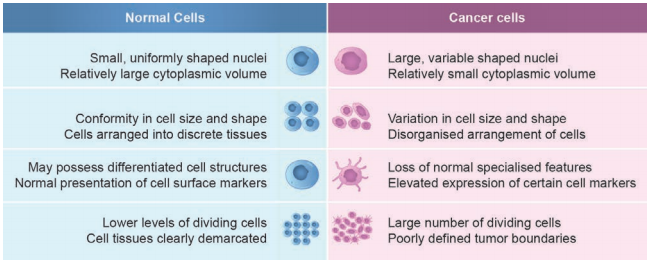Learninsta presents the core concepts of Biology with high-quality research papers and topical review articles.
Autoimmune Diseases
Autoimmunity is due to an abnormal immune response in which the immune system fails to properly distinguish between self and non-self and attacks its own body. Our body produces antibodies (auto antibodies) and cytotoxic T cells that destroy our own tissues.
If a disease-state results, it is referred to as auto-immune disease. Ths, autoimmunity is a misdirected immune response. Autoimmunity is evidenced by the presence of auto antibodies and T cells that are reactive with host antigens. When the cells act as antigens in the same body, they are called autoantigens. Autoimmune diseases in human can be divided into two broad categories, namely organspecific and non-organ-specific (systemic) autoimmune diseases.
In organ-specific disease, the autoimmune process is directed mostly against one organ. The auto antibodies may block the functions performed by the organs. Examples include Hashimoto’s thyroiditis, Graves’ disease (thyroid gland) and Addison’s disease (adrenal glands).
In non-organ specific (systemic) disorders, autoimmune activity is widely spread throughout the body. Rheumatoid arthritis and multiple sclerosis are example for systemic disorder.
Tumour immunology
A tumour or neoplasm is a group of cells whose growth has gone unchecked. When a tumour continues to grow and invades healthy tissue, it is called cancer. They spread to other parts of the body from the tumour and give rise to secondary tumour. This is known as metastasis.
Tumour may be benign or malignant depending on its characteristics. Benign or non-cancerous tissues are capable of indefinite growth and do not invade other body parts. In the malignant tumour, the cells grow indefiitely, detach and migrate into healthy surrounding tissues.
In normal cells, cell growth and diffrentiation is highly controlled and regulated. But in cancer cells, there is breakdown of this regulatory mechanism. Normal cells show a property called contact inhibition, which inhibits uncontrolled growth. Cancer cells do not have this property. As a result, cancerous cells divide continuously giving rise to mass of tissues called tumours (Table 7.8).

When a cell undergoes malignant transformation, it acquires new surface antigen and may also lose some normal antigens. These antigens are present on the membranes of malignant cells and they induce an immune response. Both humoral and cellular responses can be observed in malignancy. Cancer cells can avoid immune detection as they are not foreign bodies but are abnormally functioning body cells. This makes them difficult to treat.
The concept of immunological surveillance postulates that the primary function of the immune system is to “seek and destroy” malignant cells that arise by somatic mutation. The efficiency of the surveillance mechanism reduces either as a result of ageing or due to congenital or acquired immunodeficiencies, leads to increased incidence of cancer. This, if immunological surveillance is effective, cancer should not occur. The development of tumour represents a lapse in surveillance.
Immunotherapy of cancer
Immunotherapy also called biological therapy uses substances made by the body or in a laboratory (monoclonal antibodies) to improve or to resist the immune system function. Different approaches have been attempted in the immunotherapy of cancer. Immunotherapy appears to be important in getting rid of the residual malignant cells after the gross tumour has been removed. The best results in the treatment of cancer is to follow an integrated approach to therapy, combining surgery, radiotherapy, chemotherapy and immunotherapy.